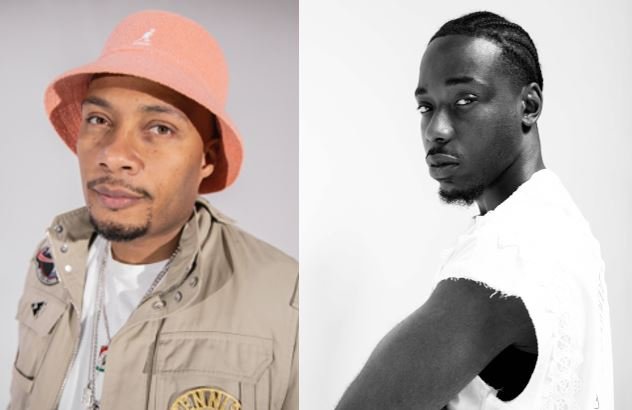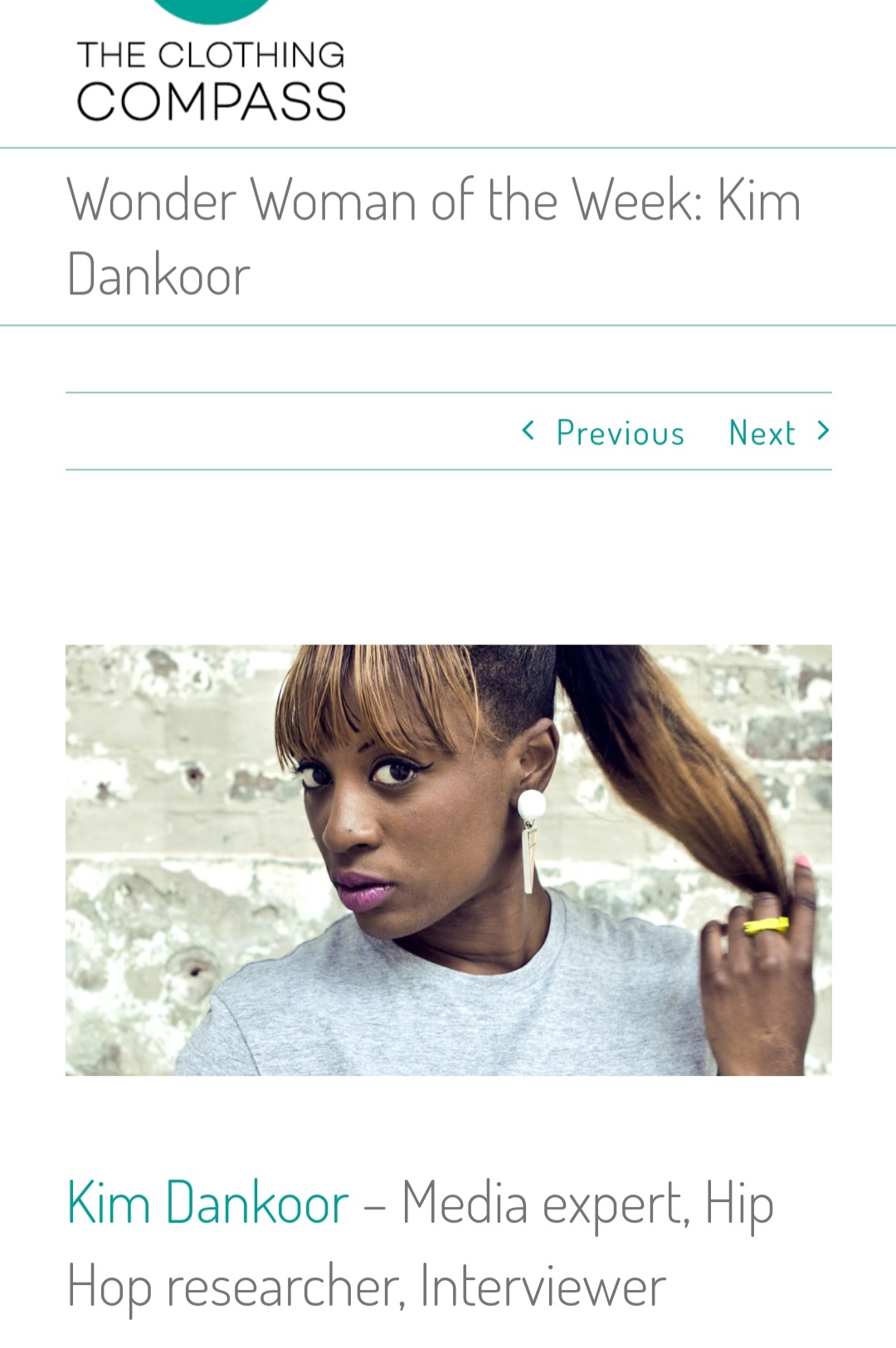27
2013Allow KIM to introduce to you………Professor Michael D. Harris, Author of the book ‘Colored pictures: race and visual representation’.
Dit artikel verscheen ook op de website van kennisinstituut Atria.
Michael D Harris is a professor of art history (Emory University), a curator and an artist. Harris has published the book Colored Pictures: Race and Visual Representation (2003) and has contributed to or co-authored a number of publications. In his book Harris discusses the role of visual representation in the construction of race in 19th-century America. According to Harris the visual imagery of black Americans in art and popular culture created for the larger population the stereotypes that are associated with race.
KIM: How did the visual representation of African-Americans in the 19th century affect the race relations in America?
Michael Harris: The visual images of black Americans made ‘the idea’ of race real for Americans. Minstrelsy, for instance, was a black variety performance that people saw on slave plantations in the late 18th century and early 19th century. When white people took that performance and exaggerated certain performance aspects such as skin color, big red lips and overly silly behavior, they made the stereotype that blacks were not suitable for participating in middle class society notable for a larger audience via popular culture. This popular visual image was used to legitimize slavery and to maintain the concept of the Other. But also after the slave period the depictions in the minstrel shows and in publications of political magazines, such as Harpers weekly, were used to preserve the racism and the idea that black people were lesser and not worthy of the rights of citizenship.
KIM: What is your opinion about the images of African Americans in contemporary society? Take in account that in today’s society there are black media professionals as well.
Michael Harris: Having control of your own visual representation is very important, so it certainly helps that there are black people producing media. At the same time, racism in the United States is manifested in so many ways; there’s a psychology that develops, a sort of self-hatred. As a consequence, African Americans replicate some of the stereotypes from two centuries ago without thinking critically. There are some movies that are well made, but also perpetuate certain social expectations and limitations of black people. The movie The Help was a well made movie, but ultimately the black maids in the movie – and that’s a comfortable situation for certain people – were helped and lifted up by a white woman. Of course she meant well, but it’s very comfortable with the present narrative. It shows the powerlessness of black people and their lack of agency. So, in conclusion; there is improvement, but there is lot of work that still has to be done.
KIM: What is your favorite movie – visual image – wise?
Michael Harris: The movie Love Jones. It shows the kind of life I grew up in; folks that are intelligent, write poetry, listen to jazz, and interact in ways that had nothing to do with the stereotypes of poverty, violence and drugs. They showed personalities. Personalities who struggled with relationship issues and personality issues; the kind of issues I experienced in life. Most black people don’t grow up in drug-infested environments. They grow up in middle class and working class environments and they confront life like anybody else. Those stories, think about the Cosby Show, are then seen as unreal because of the expectations of the stereotypes.
KIM: In your book you talk explicitly about the image of the sexualized black woman. What’s your view of this image in modern popular culture?
Michael Harris: I feel old (laughs), because I see it in a way that kids don’t. Our society diminishes women, it almost hates women. They are being sexualized and objectified. I must say that for black women it’s more alarming than for white women. In the larger stories in the media you also see images of empowered white women. Women of color are mostly being portrayed as the sexual available woman. It stems from the 18th and 19th century in which everything outside Europe was then seen as exotic and sexual desirable. The imagined physical difference (breasts, buttocks, genitals) between black and white women was even scientifically researched to prove why black women were so ‘passionate’ .
KIM: In modern popular culture you see women of color who are proud of their body and aren’t afraid to display their sexuality, think of artists like Nicki Minaj. Is this then false feminism?
Michael Harris: As a male, I am not in the position to call it a false feminism. But I think that a lot of these women, may be, unwittingly, be playing out the fantasy of the black sexualized woman. As a woman, do you want to be known as a sexual available woman or do you want to be a three-dimensional woman with personality, spirit and intelligence? Because that’s also a part of who you are. So sometimes I find the emphasis in the videos to be very masculine; they come out of male fantasies and directorships rather than of female sensibilities.
KIM: What is the challenge?
Michael Harris: I know that my daughters have ways of beautifying themselves without bordering on the pole dancing/prostitution-ish images that we find in some black media. My daughters are ‘multi-dimensional’ women. Some people are so inundated with media that sometimes, without thinking critically, they’re ingesting and acting out ideas they’re maybe not aware of. The challenge is to have more depictions of black women on high positions and with power.























Recent KIM comments